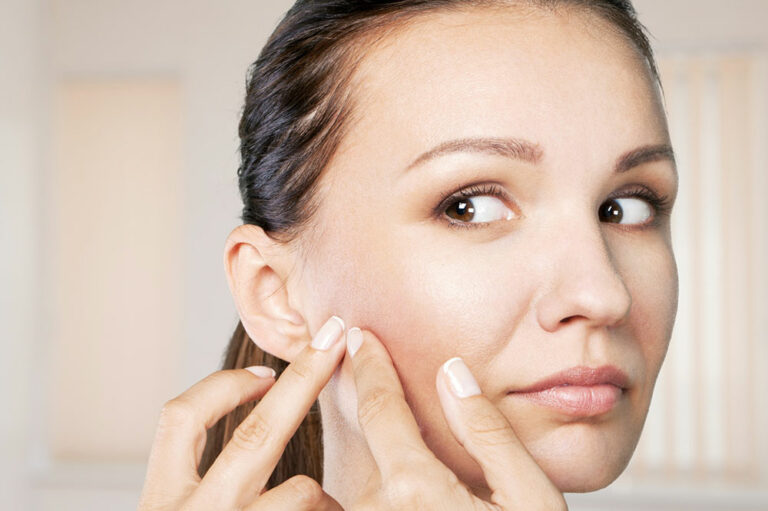
health
Cancer – Its treatments and lifestyle changes
There are several types of treatments available for people who have cancer. However, the kind of treatment received will depend on the type of cancer one is suffering from and how advanced it is. In some cases, only one kind of treatment will be required. But, in most cases, a combination of treatments is used to treat the condition. Here’s an overview of the various types of treatments that are used for cancer. Surgery When used as a treatment for cancer, surgery is done to remove the growth of cancer or tumor. It is the best treatment plan for people with solid tumors accumulated in one area of the body. With the help of surgery, only a part of the body that has cancer can be treated. It cannot be used for the types of cancer that have spread in the body or metastasized in other areas. Radiation therapy In this treatment, energy beams with high power are used to kill the cancer cells. These energy beams are usually X-rays or protons. In this type of therapy, either the rays come from a machine that is outside the body and is known as external beam radiation, or the device can be placed inside the patient’s body.














